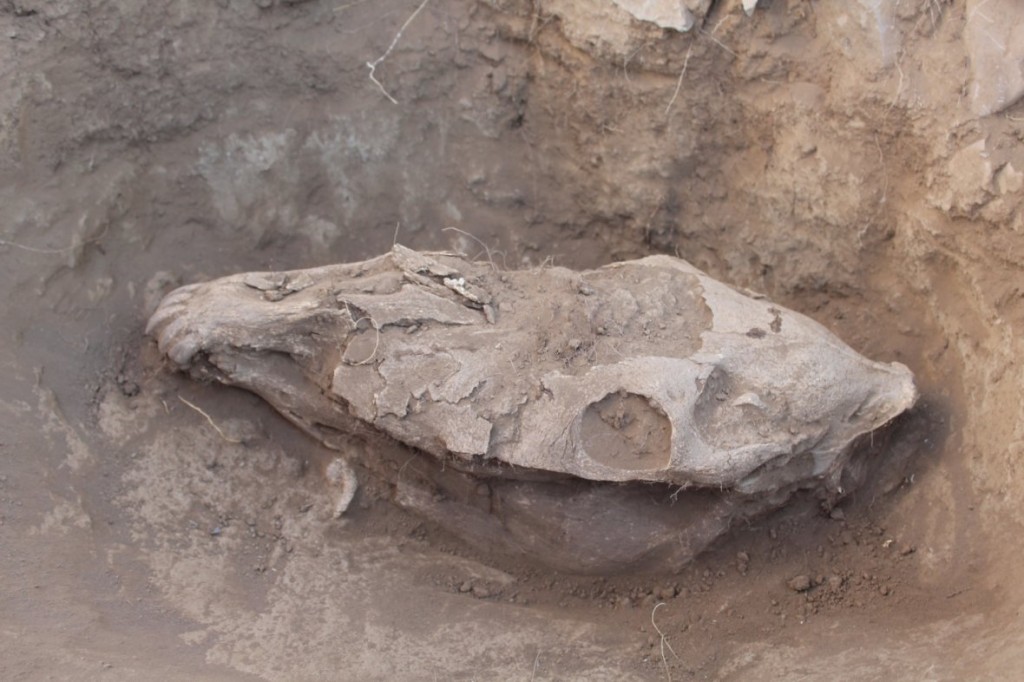Origin of Chinghis Khan's skilled horse-riding culture revealed in sacred Bronze Age burial mounds

The 3,200-year-old mounds showed horses were buried individually nearby human graves.
Origin of Chinghis Khan's skilled horse-riding culture is revealed in sacred Bronze Age burial mounds. The 3,200-year-old mounds showed horses were buried individually nearby human graves. The first evidence of sophisticated horseback riding in Mongolia has been dated to the Bronze Age in 1200 BCE by analysis of horse remains in burial mounds. But sophisticated horse-riding had been present in the area about 2,000 years before Chinghis Khan's reign, according to a study published in the Journal of Archaeological Science. The first historical records of skilled horseback riding in Mongolia were around 800 BCE, when images of mounted warriors first start to be seen in historical documents. However, the first domestication of horses came much earlier, at around 3500 BCE. Study author William Taylor of the Max Planck Institute for the Science of Human History in Germany argues that the critical emergence of horses as a central part of life on the Eurasian steppe began earlier than this. Radiocarbon dating of the horse bones found in the sacred Bronze Age burial mounds, where horses were buried in the vicinity of humans, shows that these animals began to receive ritual burials around 1200 BCE. "The burial sites often consist of central monument – a stone burial mound or a beautiful standing stone called a deer stone, and around the eastern perimeter are all of these individual horse burial mounds," Taylor said. "They contain the head and the hooves and sometimes the upper neck bones." A horse next to a deer stone, used to mark the burial sites. The horses each received individual burial mounds outside the main perimeter of the burial site, typically towards the east. This really suggests a change in people's relationship to horses,” said Taylor.
Views: 1706
Tweet